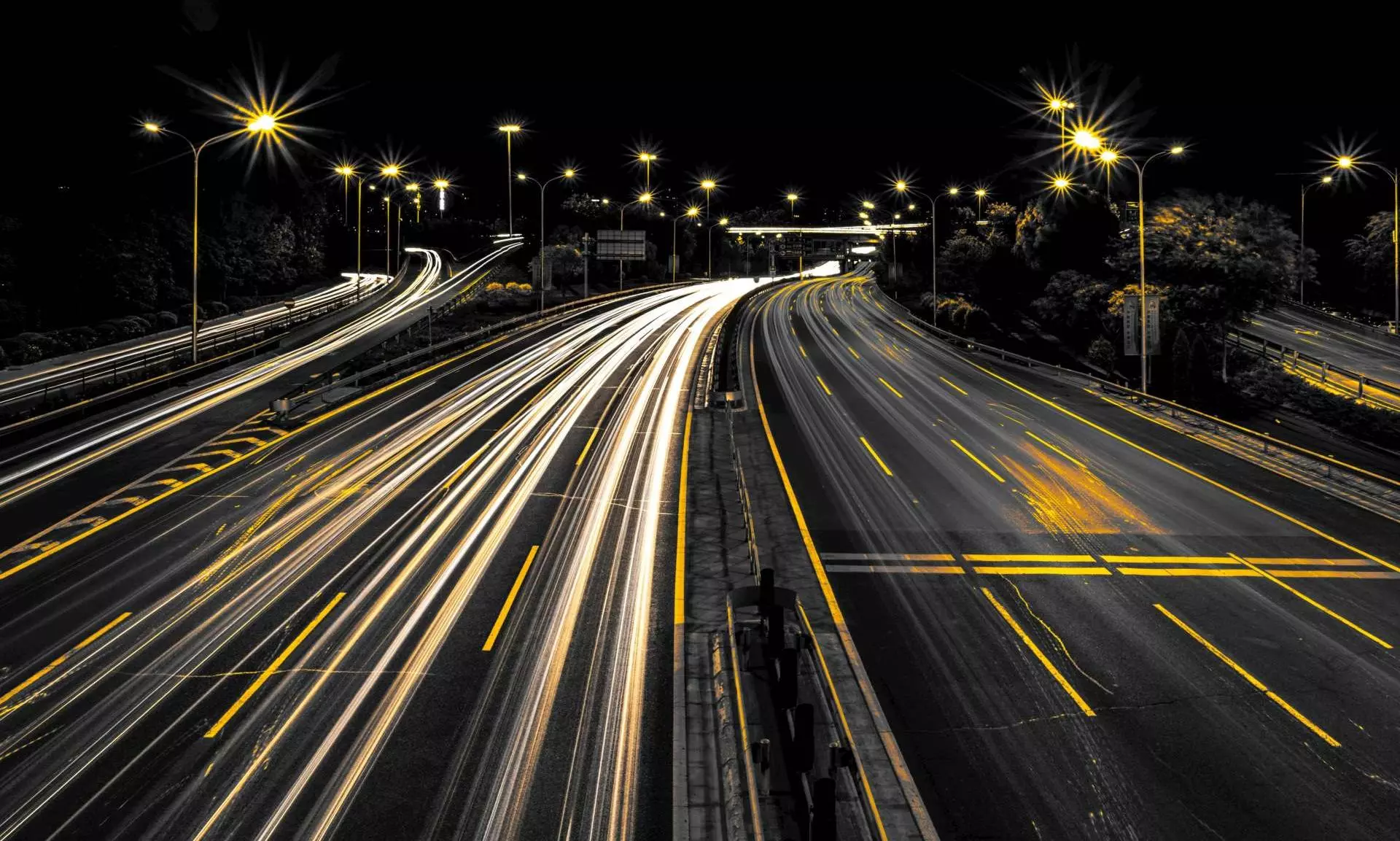Kolkata-Bangkok Highway: Better alternative to Tianxia

‘Tianxia’ in Chinese means 'a community of shared destiny’. The concept has long been revered as the epitome of interconnectedness. However, the recent past has witnessed several supply chain disruptions owing to the pandemic, geo-political turmoil, overdependence on South China Sea and more. It is evident that multiple times Tianxia has failed to live up to the promise of having the de facto monopoly over the global manufacturing supply chain. Is there a better alternative?
There is one; the Kolkata-Bangkok Highway which is a brain child of a nation that offers democracy, demand, and decisive policy framework for ease of doing business on a single platter; India.
From colonial dominance to global collaboration: A supply chain journey
In the intricate tapestry of the global manufacturing supply chain, individual triumphs are a rarity. As Rudyard Kipling famously observed, "The strength of the pack is the wolf, and the strength of the wolf is the pack."
The colonial approach to supply chain dominance, as articulated by scholars like Andre Gunder Frank and Dadabhai Naoroji, unveils a stark reality of resource flow from the periphery to the nucleus. Frank's Center-Periphery Argument and Naoroji's Drain Theory shed light on the mechanisms employed by colonial powers, including project finance, unfair trade terms, dumping, and contract non-compliance, all aimed at extracting value from marginalized regions.
Infrastructure corridors like the Kolkata-Bangkok expressway epitomize India's commitment to fostering economic growth while also contributing to global synergy.
Bridging borders: The Kolkata-Bangkok Highway Project details
Spanning a length of 2820 kilometers and traversing through the picturesque landscapes of India, Myanmar, and Thailand, the Kolkata-Bangkok Highway is anticipated to be completed by 2027. The project is poised to significantly enhance connectivity and trade dynamics across South and Southeast Asia.
Recognizing the need for specialized mechanisms, NITI Ayog, is spearheading the establishment of a Special Purpose Vehicle (SPV). This entity will serve as a dedicated platform for project financing, leveraging both public and private sector resources to ensure the timely and successful execution of the highway.
One of the most remarkable aspects of the Kolkata-Bangkok Highway project is its collaborative nature. Ownership of the highway will be collectively held by all three countries involved – India, Myanmar, and Thailand. This shared ownership is a commitment to mutual prosperity and cross-border cooperation.
Driving economic growth: Benefits of the Kolkata-Bangkok Highway Project
The Kolkata-Bangkok Highway project holds immense promise for catalyzing economic development across the regions it traverses.
- Connecting India's steel & mining belt to global markets through multimodal infrastructure
East is the steel hub of India- Odisha, West Bengal, & Jharkhand, collectively contributing to 40% to India's total steel output. Also, the region is now poised to be at the forefront of sustainable supply chain transformation thanks to green steel and green hydrogen projects, including Angul, Odisha-green steel, Sikkim being positioned as India's first green hydrogen city and the evolving solar PV module manufacturing landscape in West Bengal.
- Leveraging linkage effects of multimodal infrastructure in the East & North East of India to optimize freight cost drivers
The Indian Government is pump priming capital expenditure into major infrastructure projects in the East and North East regions, fostering interconnectivity. Notable examples include the USD 1.4 Bn Kharagpur-Siliguri-Moregram Expressway in West Bengal, the USD 482 mn Sivok (West Bengal) to Rangpo (Sikkim) rail route, and the INR USD 1.4Bn Jiribham-Imphal rail route.
Once this local infra is connected to the Kolkata-Bangkok Highway, it will expedite RoCE for GOI and reduce the payback period of infra capex. Further it will offer a road-transport-based alternative to the existing maritime route along the Bay of Bengal, decongest unwanted inventory accumulation at choking points like the Haldia port, Vizag Port, Paradip port, and may also reduce freight cargo costs.
- Emergence of a trading bloc within the auspices of BIMSTEC (Bay of Bengal Initiative for Multi-Sectoral Technical and Economic Cooperation)
The collective GDP of India, Myanmar, and Thailand, key members of BIMSTEC, underscores the economic potential of this strategic alliance. Furthermore, when considering the combined GDP of all BIMSTEC nations standing at USD 5.2 trillion, the region presents itself as a significant economic force. India’s pivotal role in sectors such as automotive & EV OEMs, pharmaceuticals, chemicals, textiles, leather, and consumer electronics positions it as an attractive strategic sourcing hub for these industries within Southeast Asia, with the kolkata-Bangkok Highway itself as a strategic sourcing corridor.
+1 Strategic sourcing model: Better than Tianxia
The Kolkata-Bangkok Highway project stands as a testament to the power of collaboration and regional cooperation in driving economic growth and connectivity. By collectively addressing the challenges and seizing the opportunities presented by such a monumental infrastructure endeavor, India, Myanmar, and Thailand exemplify a commitment to mutual prosperity and shared development. As the project moves towards completion, the benefits of enhanced connectivity, trade facilitation, and economic upliftment are poised to transform the landscape of South and Southeast Asia, unlocking new avenues for growth and prosperity for generations to come.
The views and opinions expressed in this article are those of the author and do not necessarily reflect the views of Indian Transport & Logistics News.



